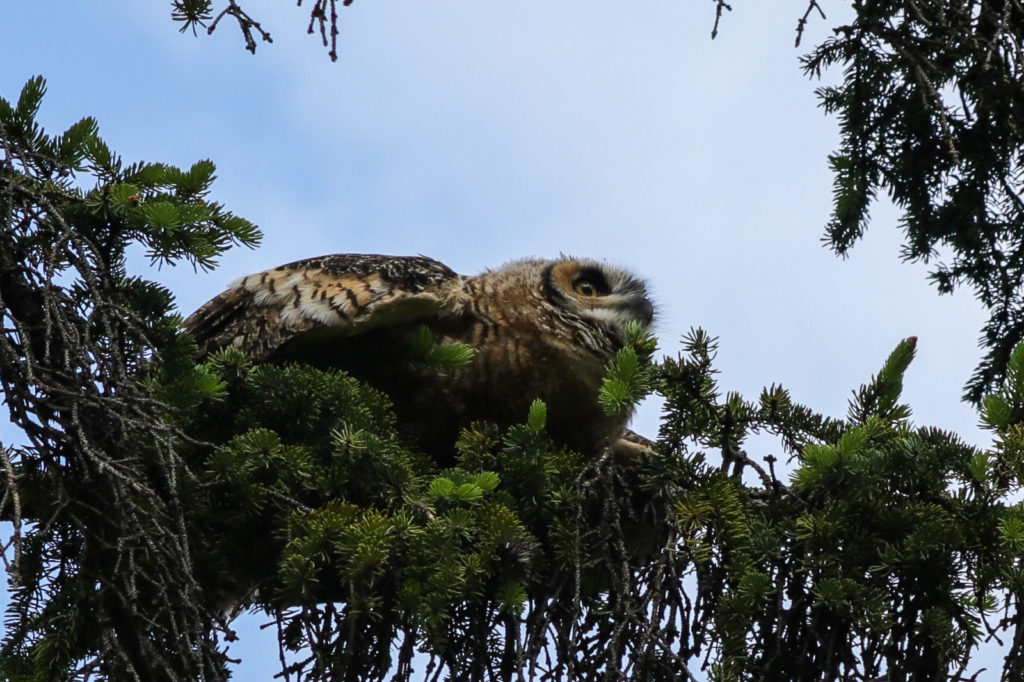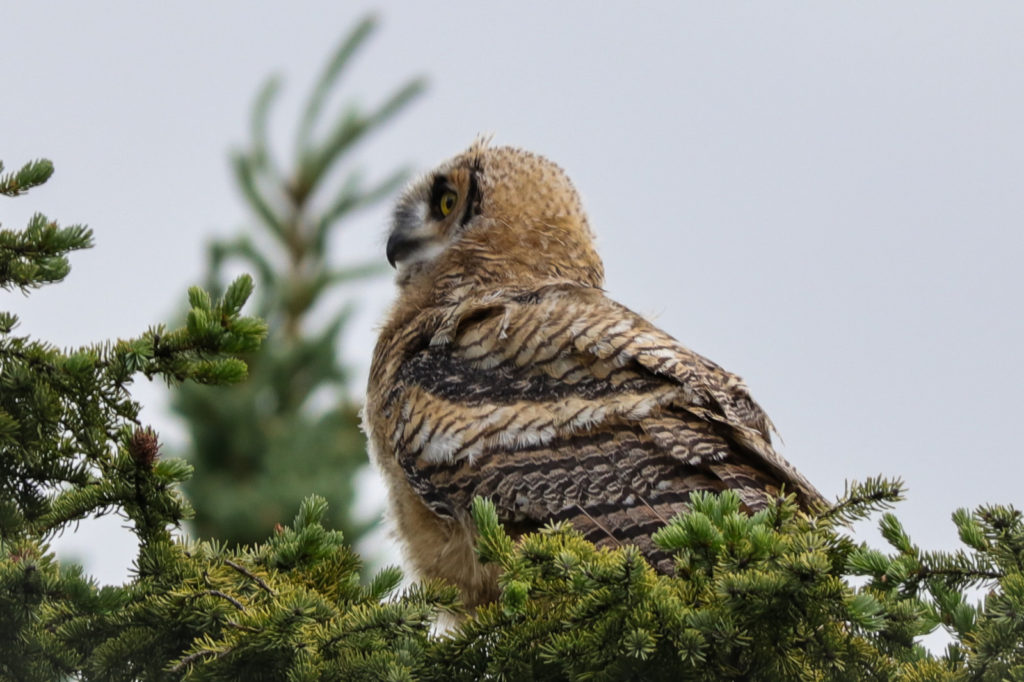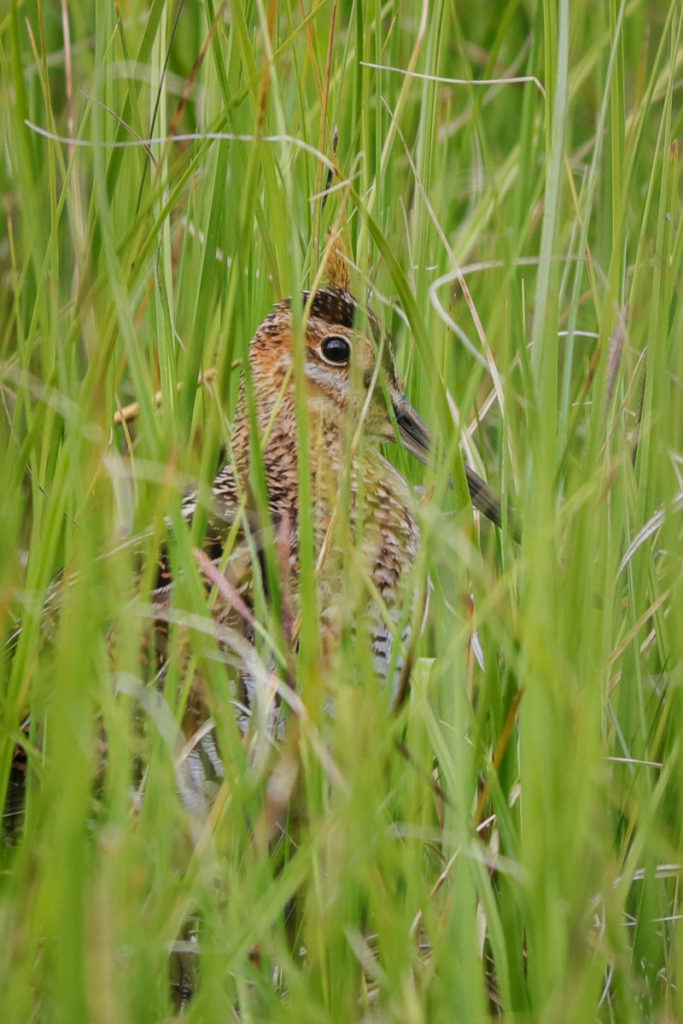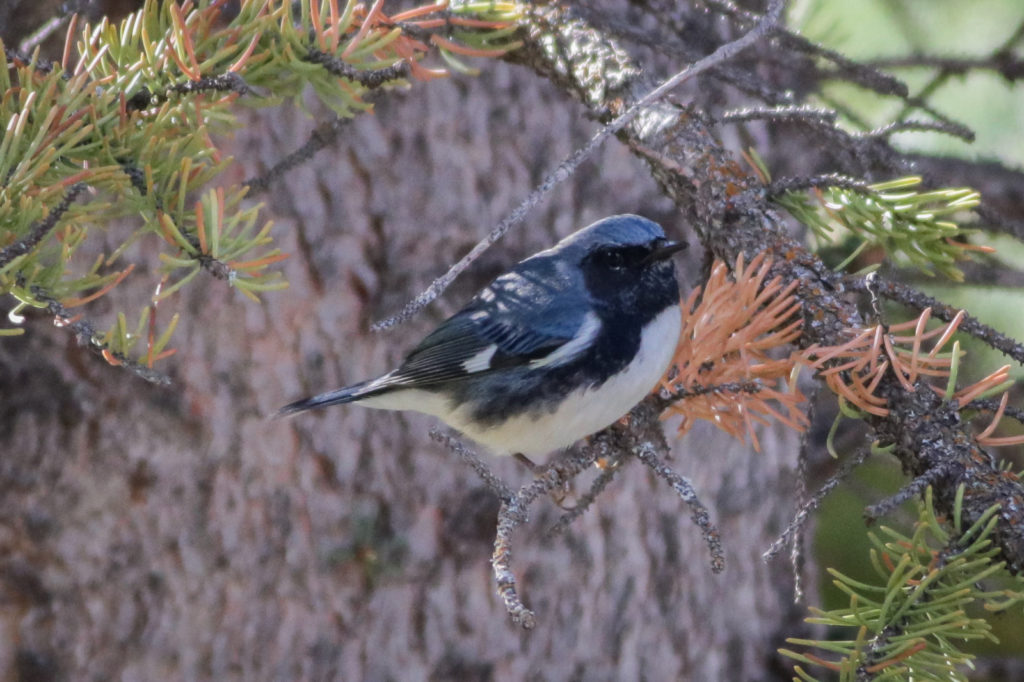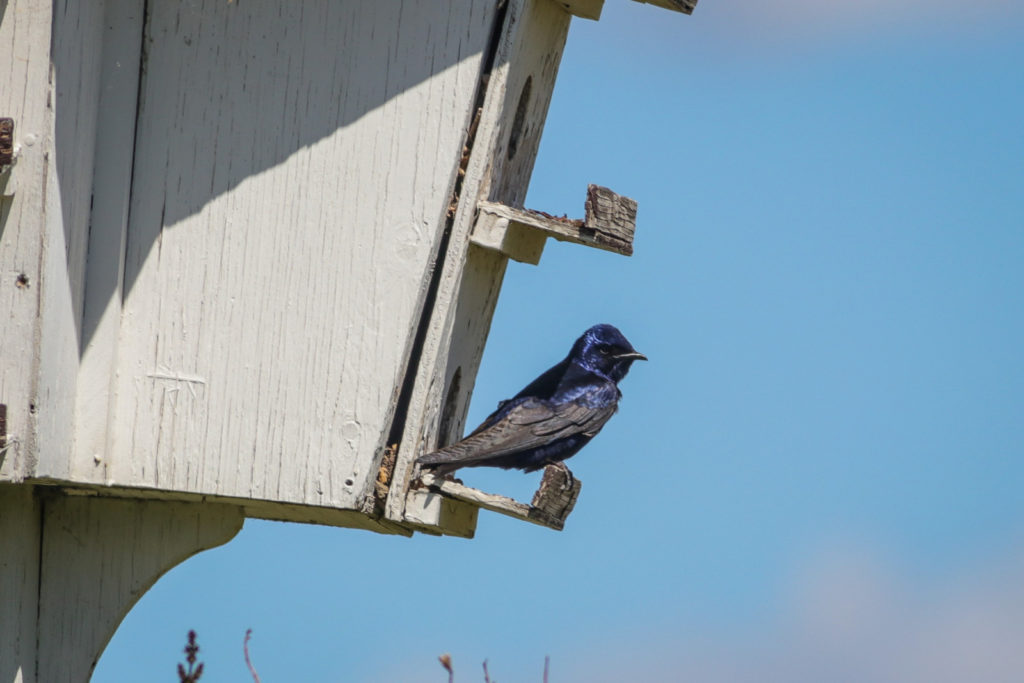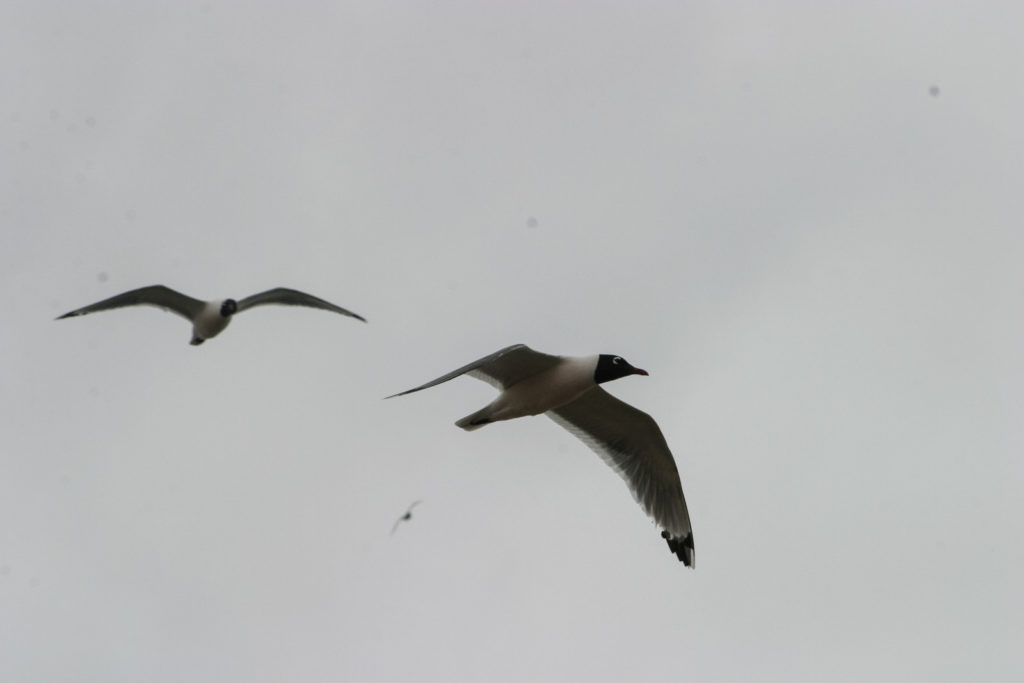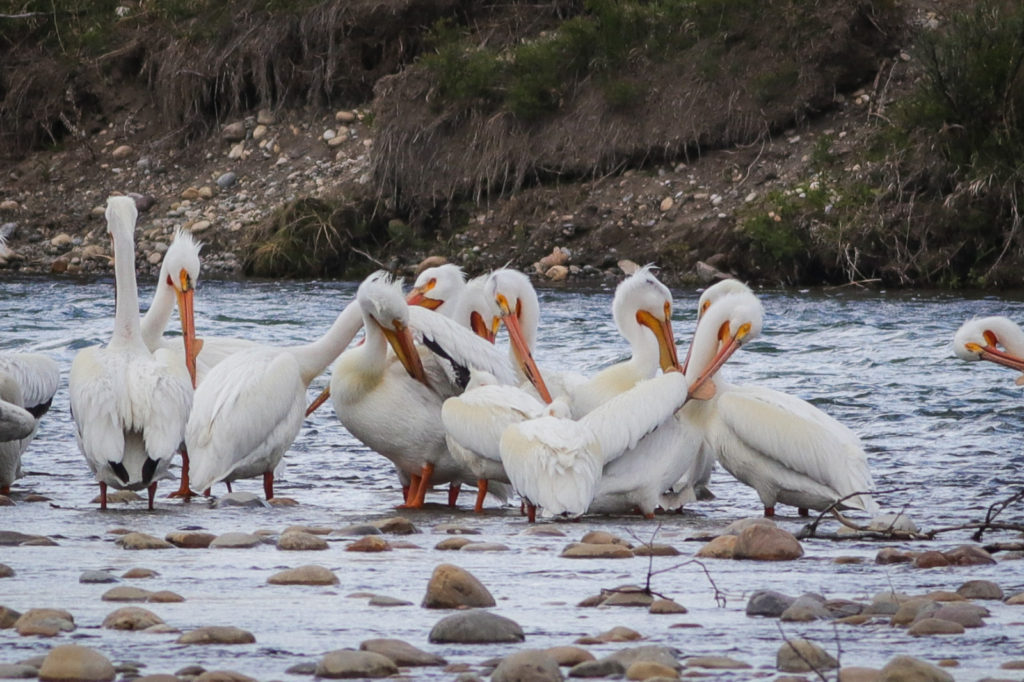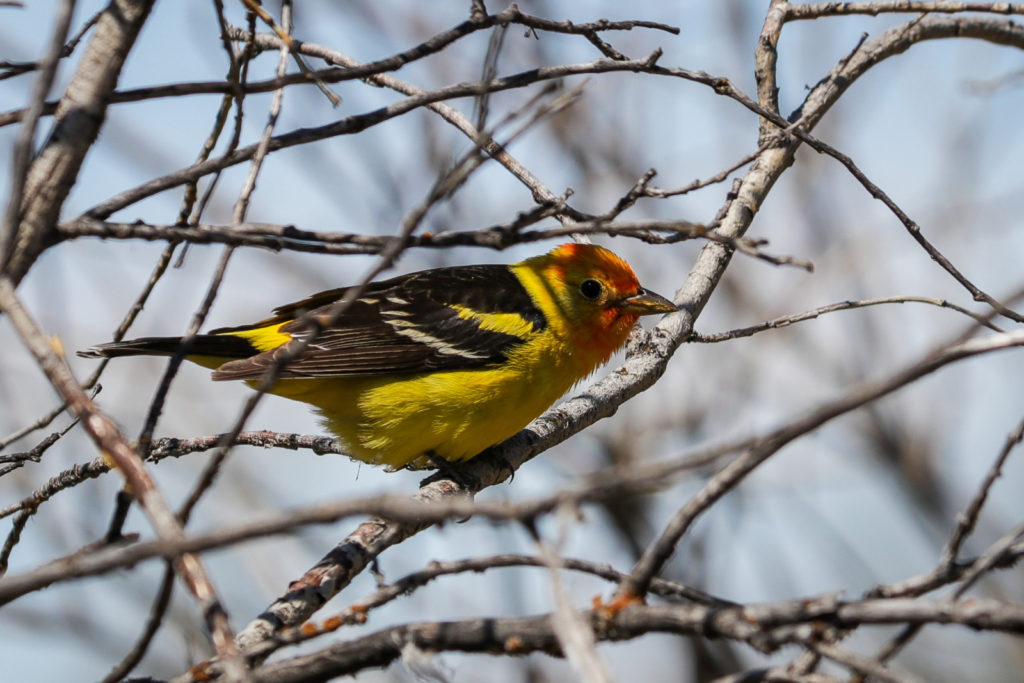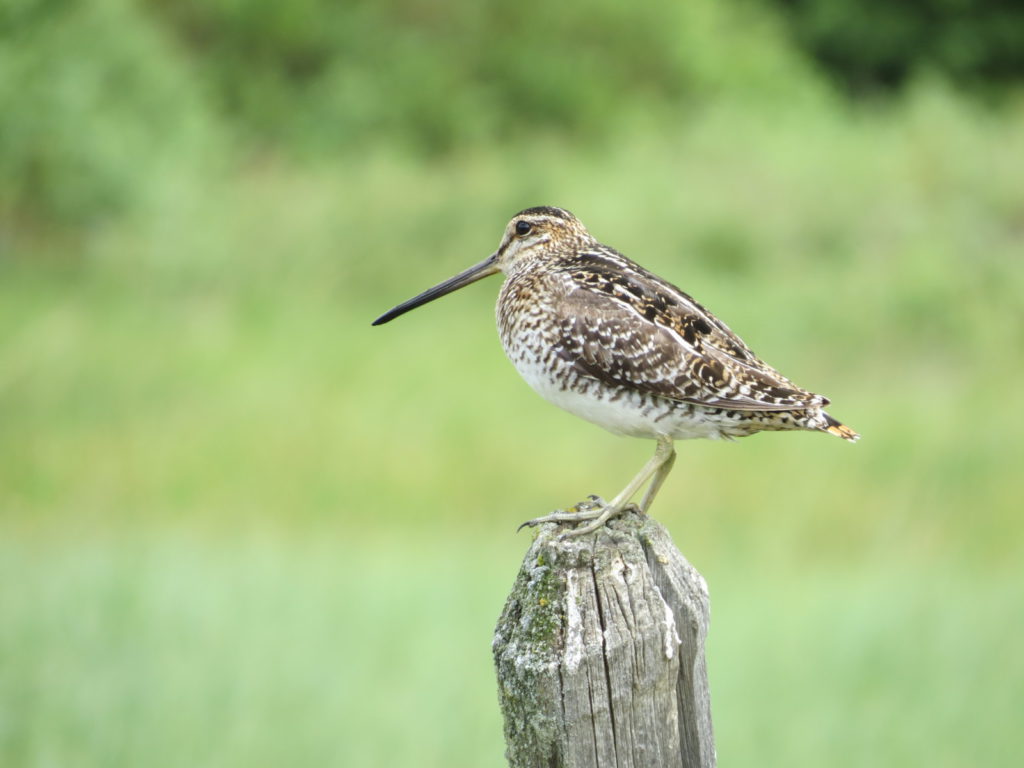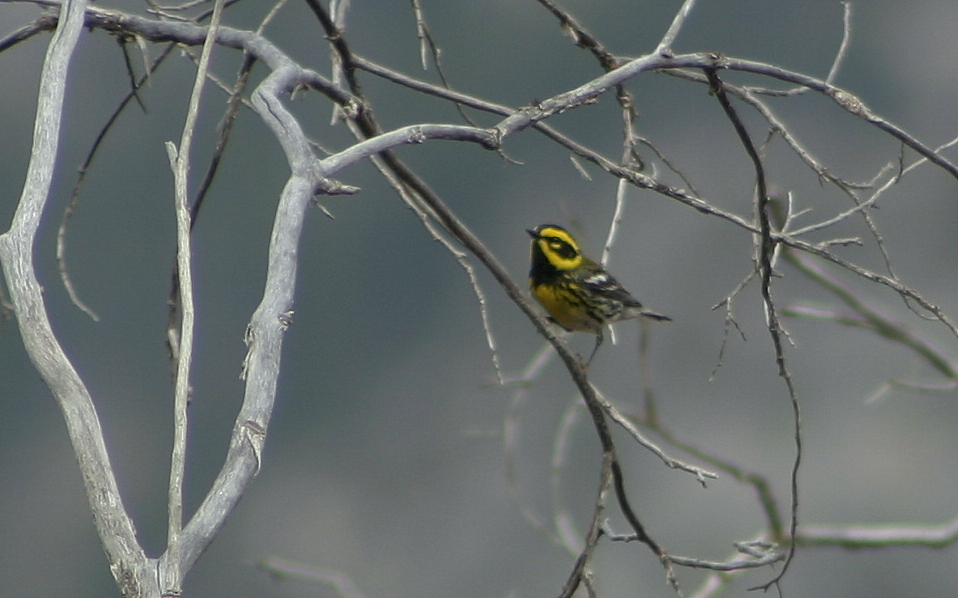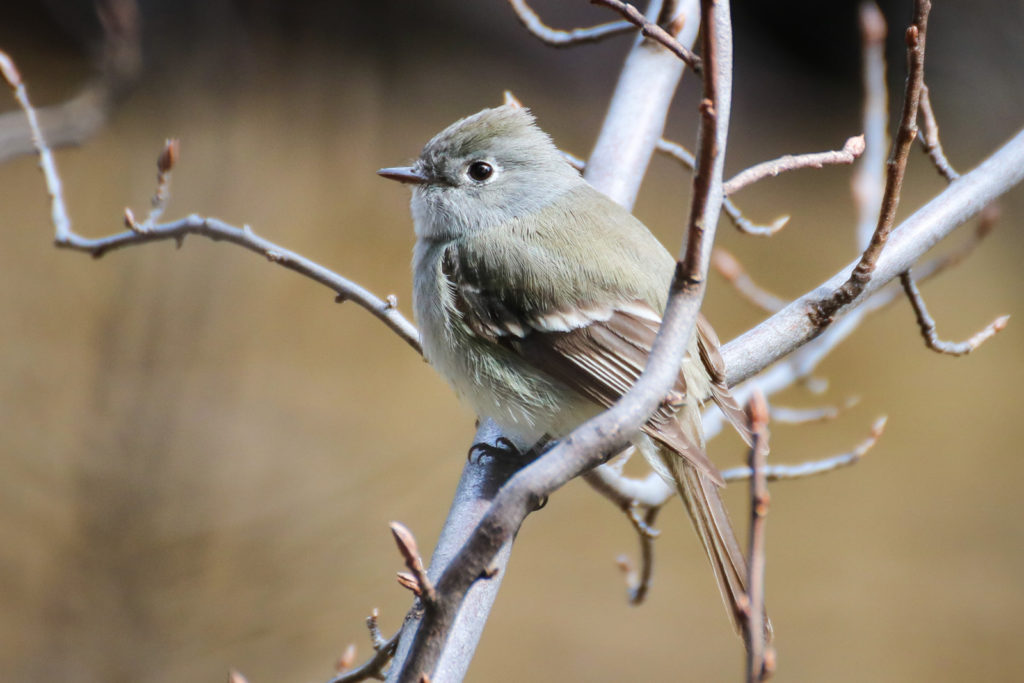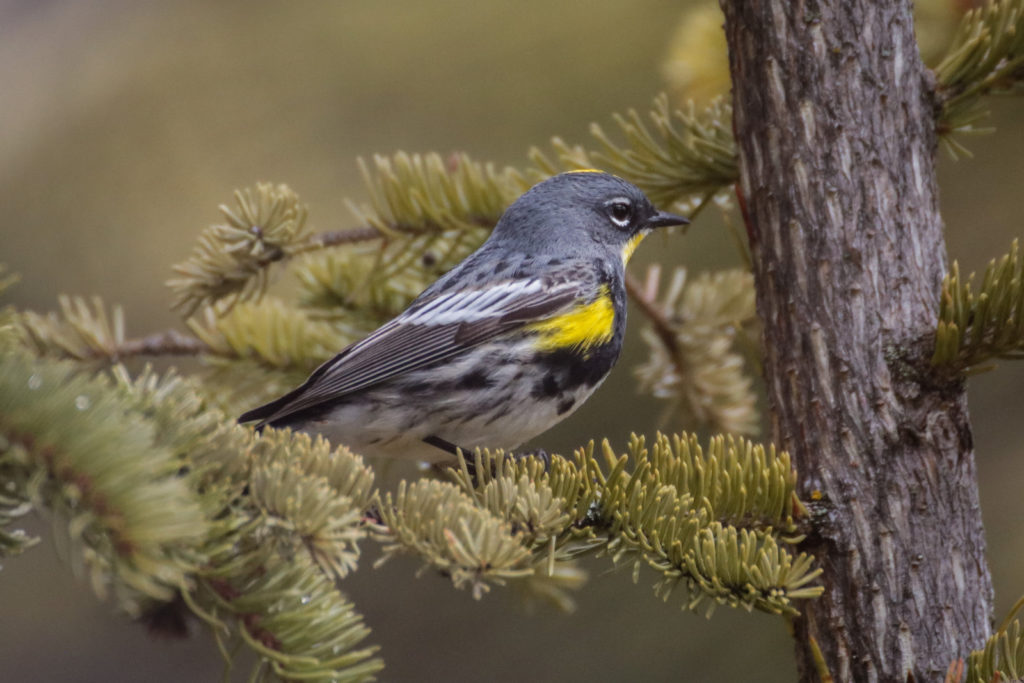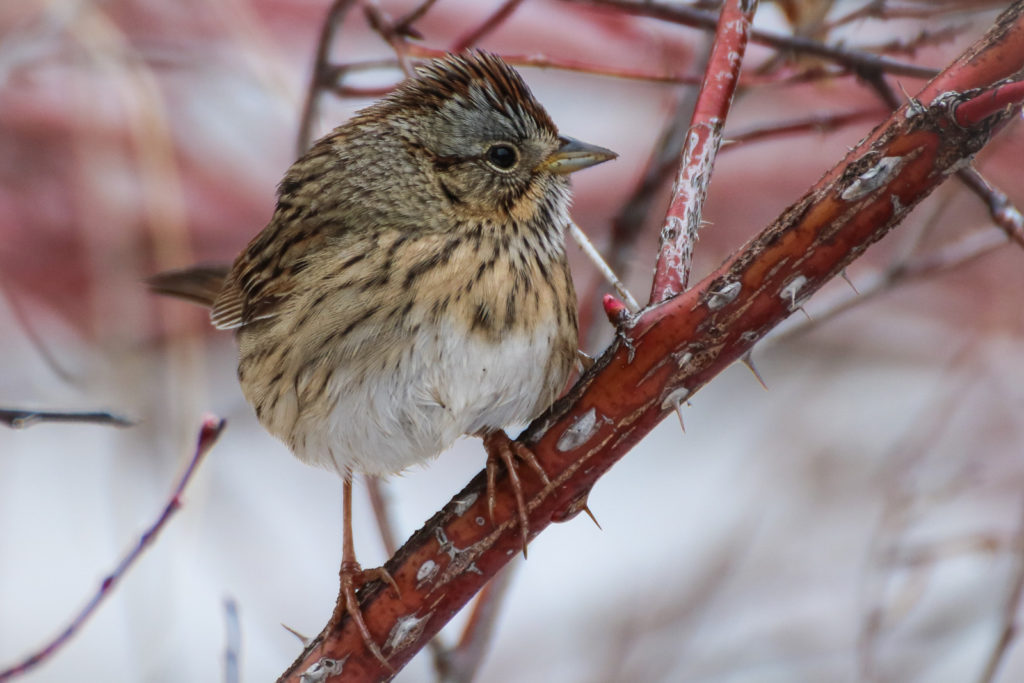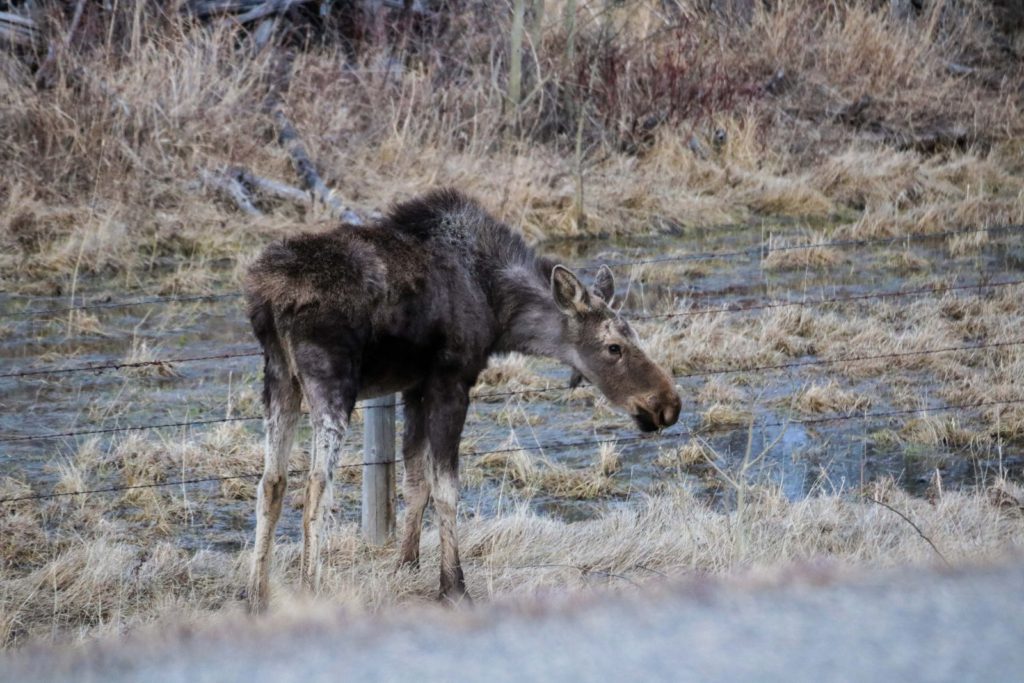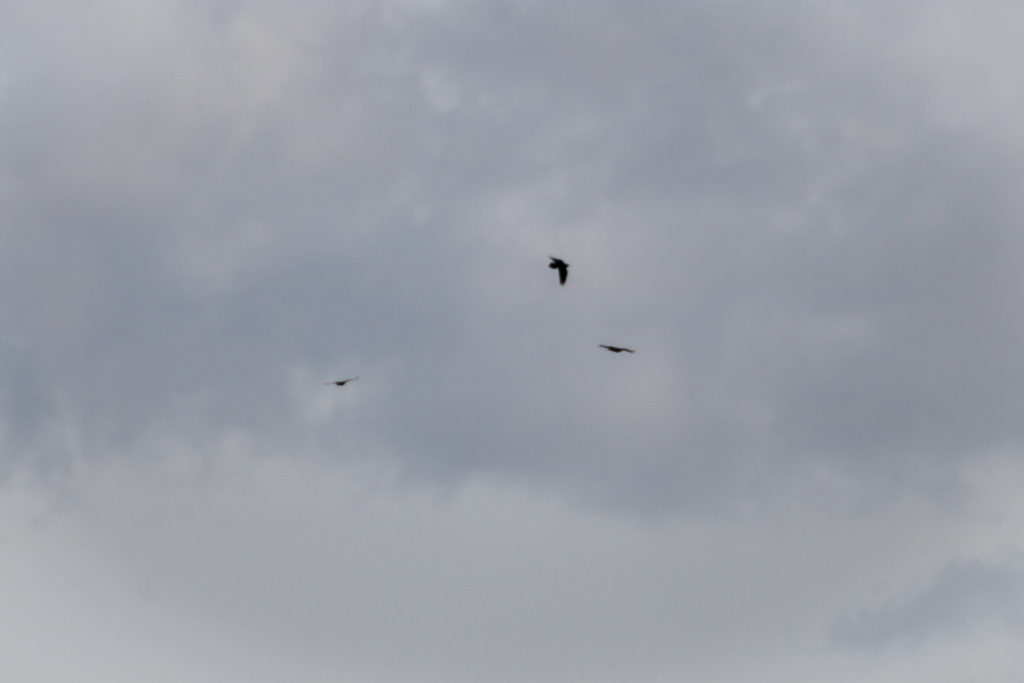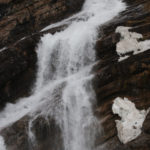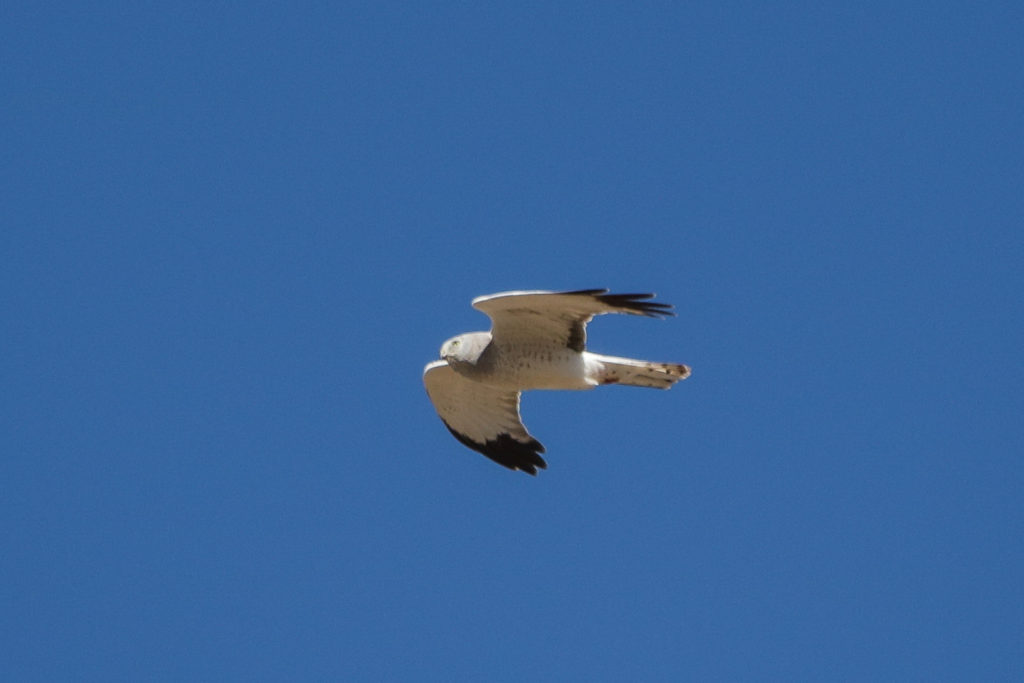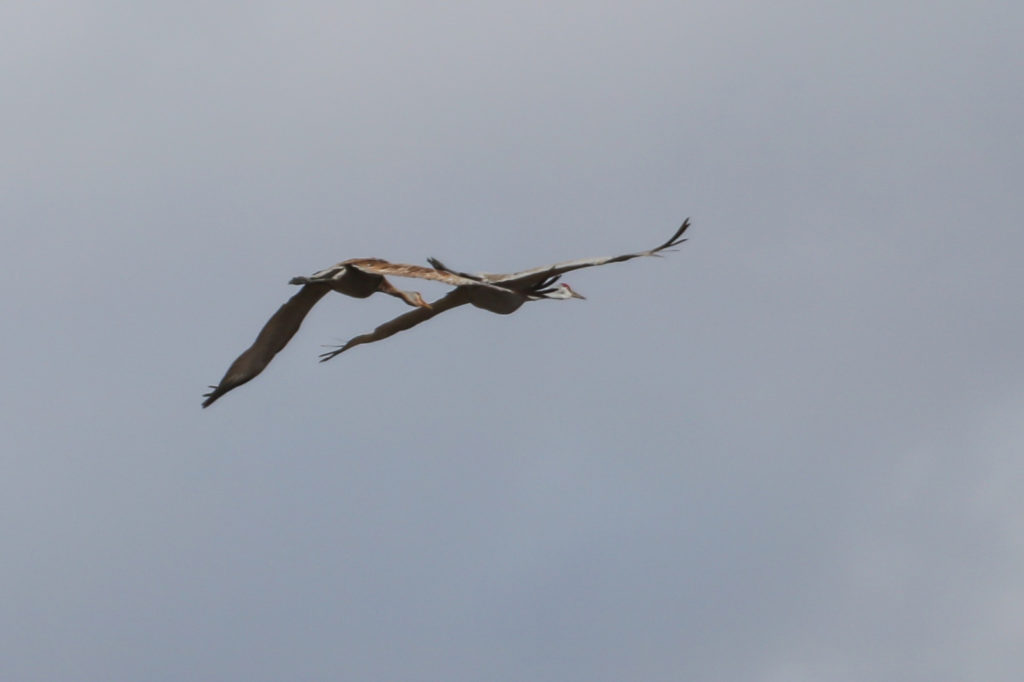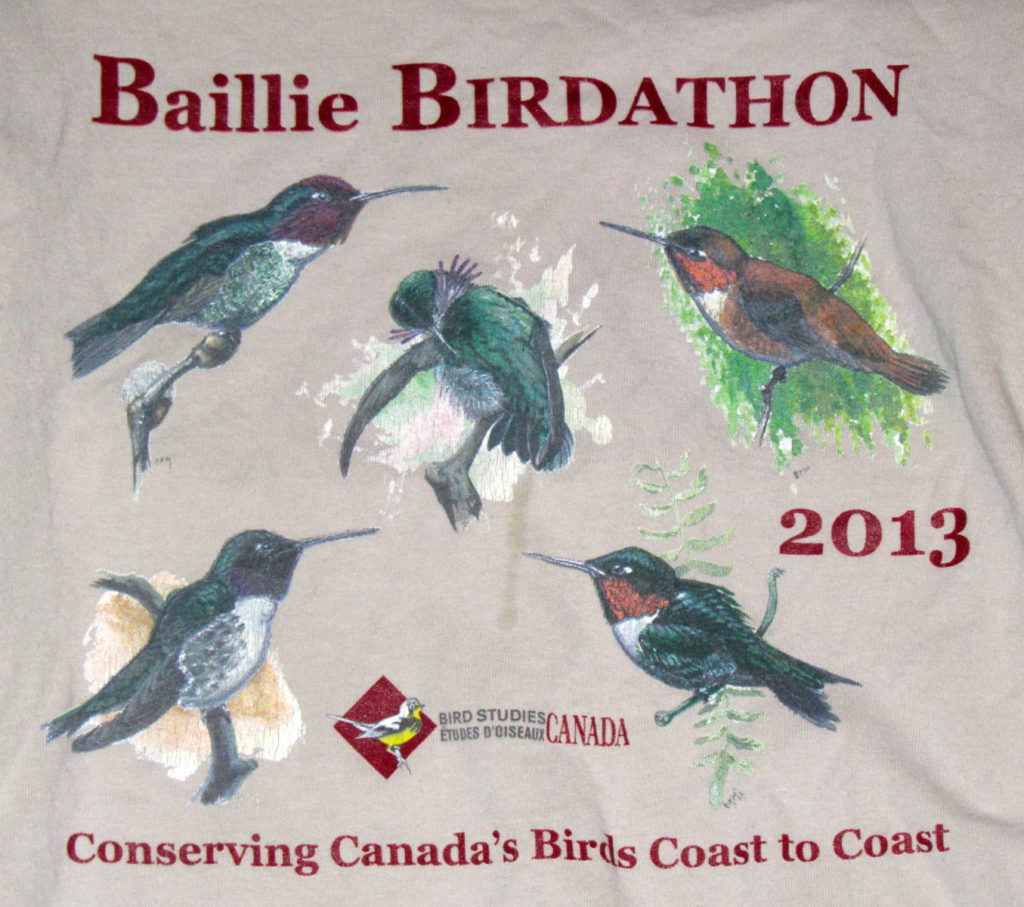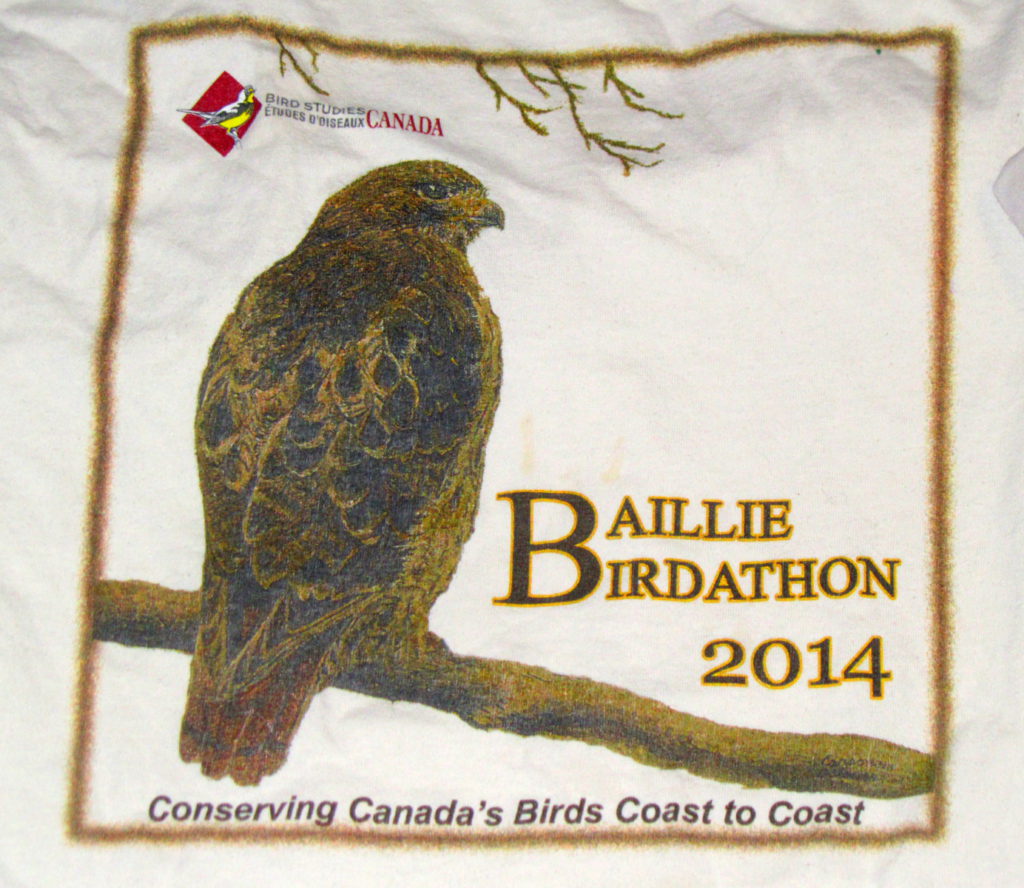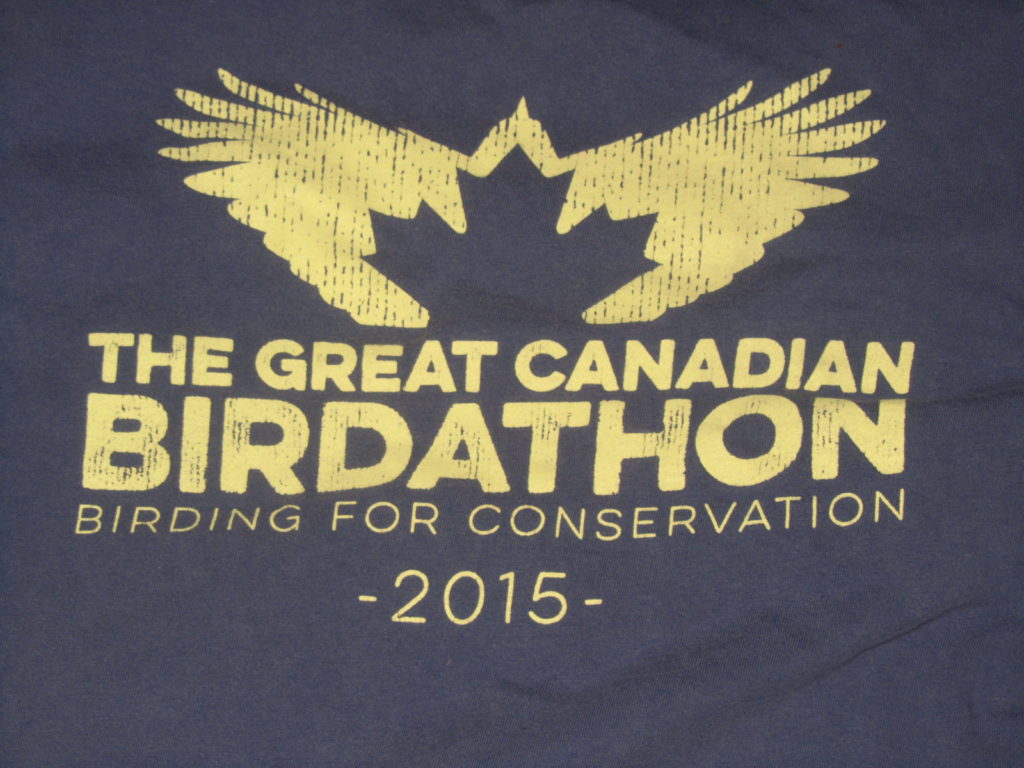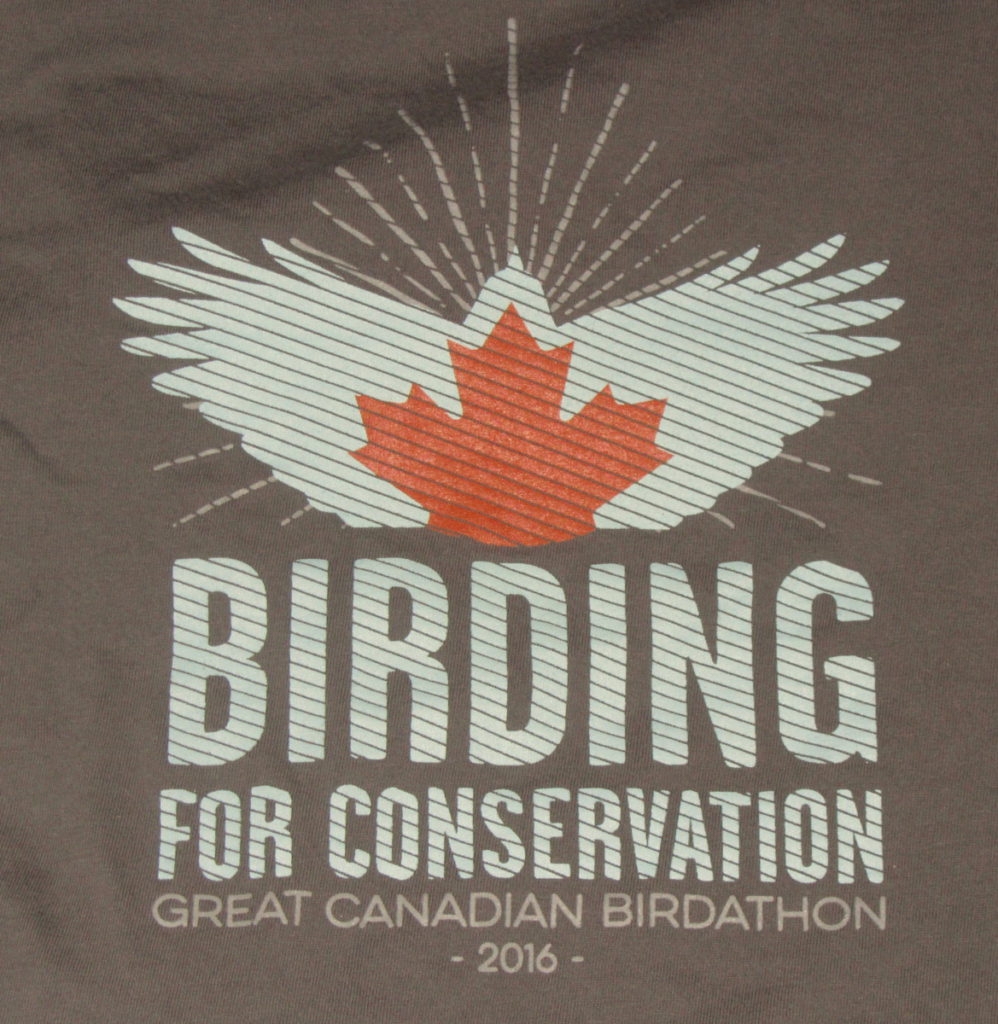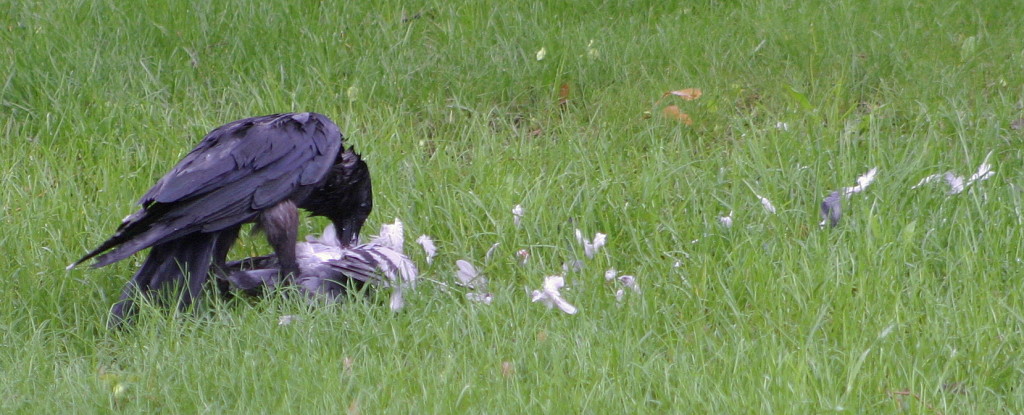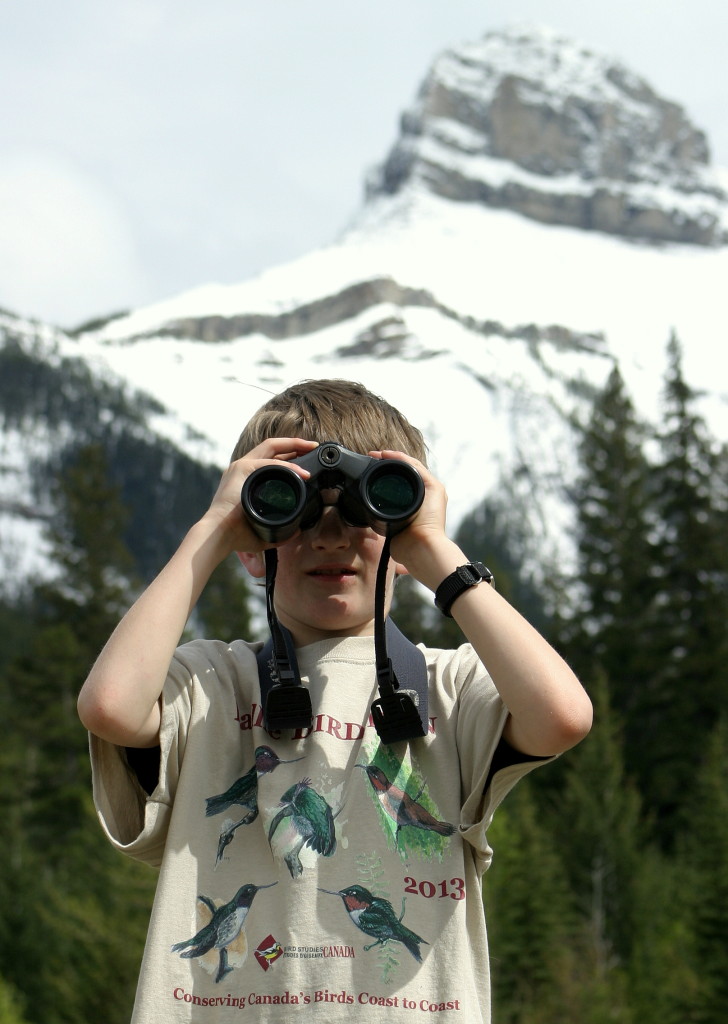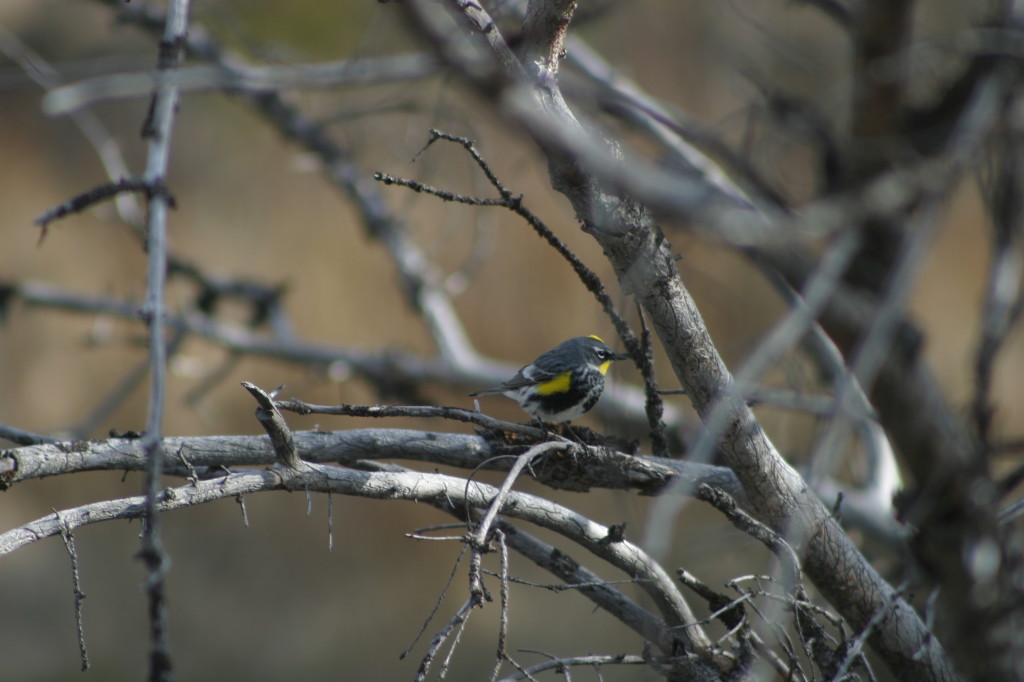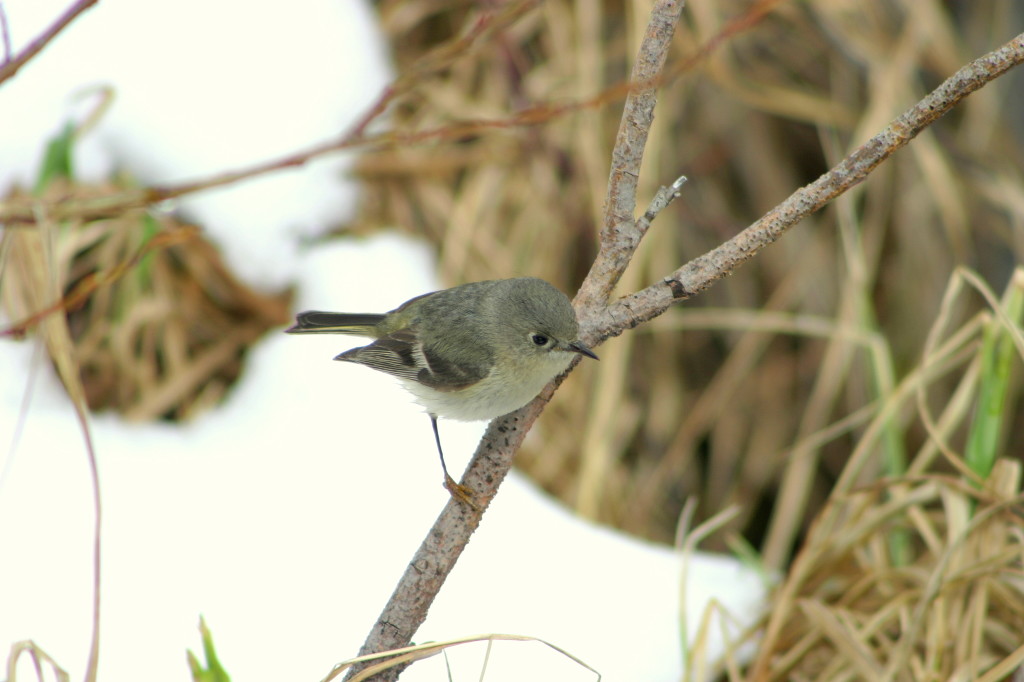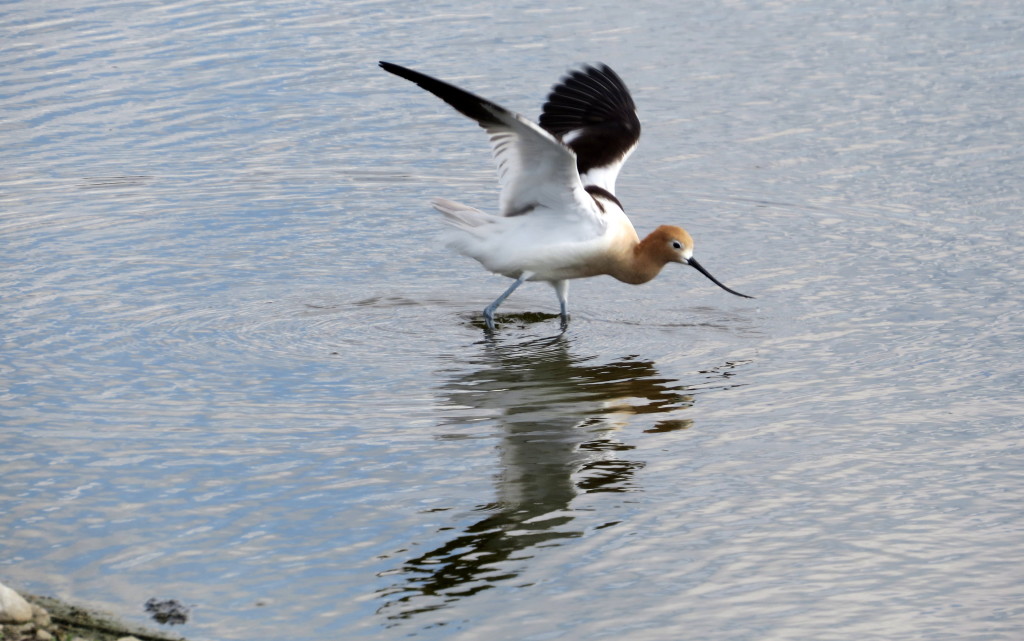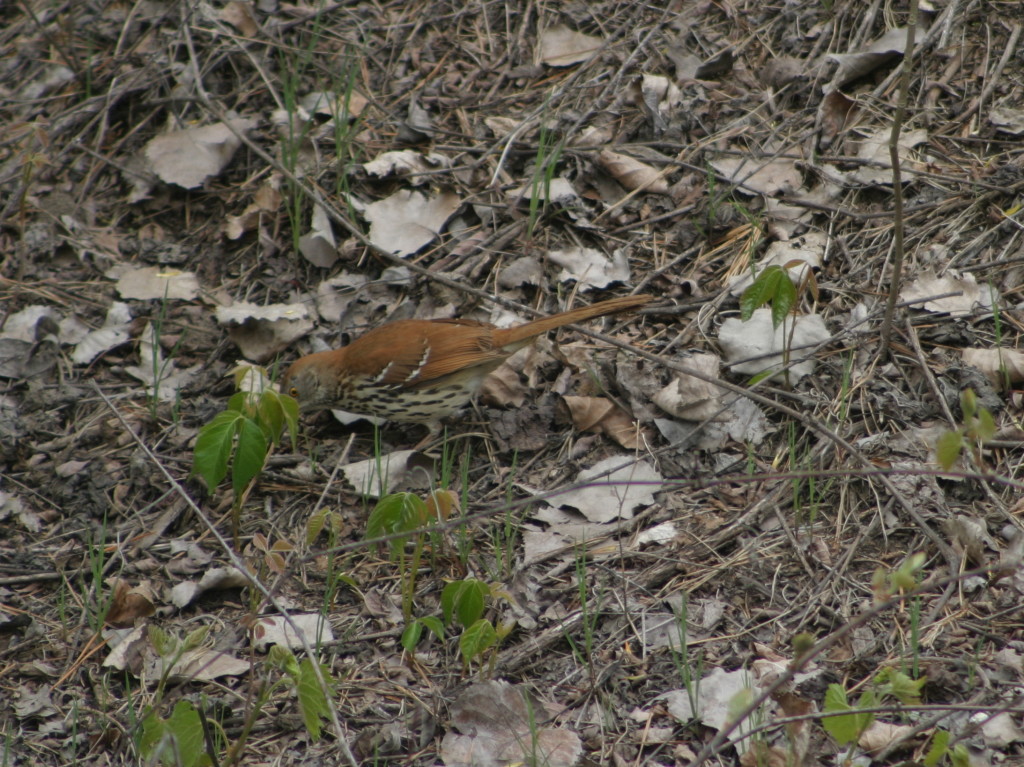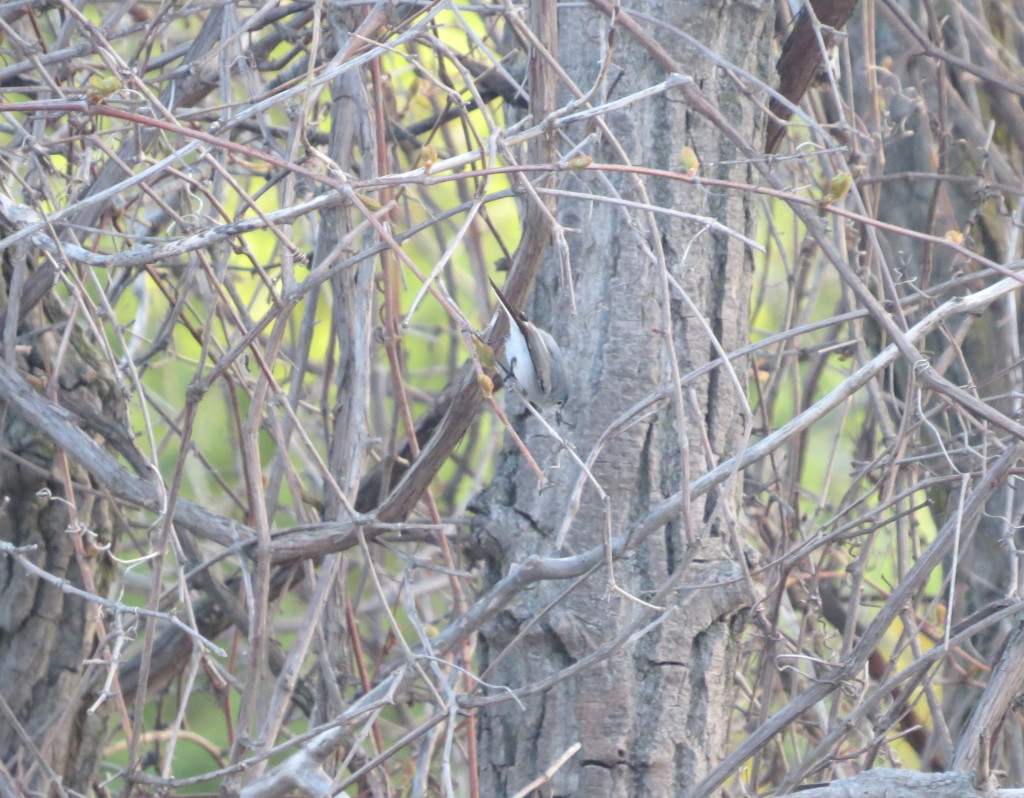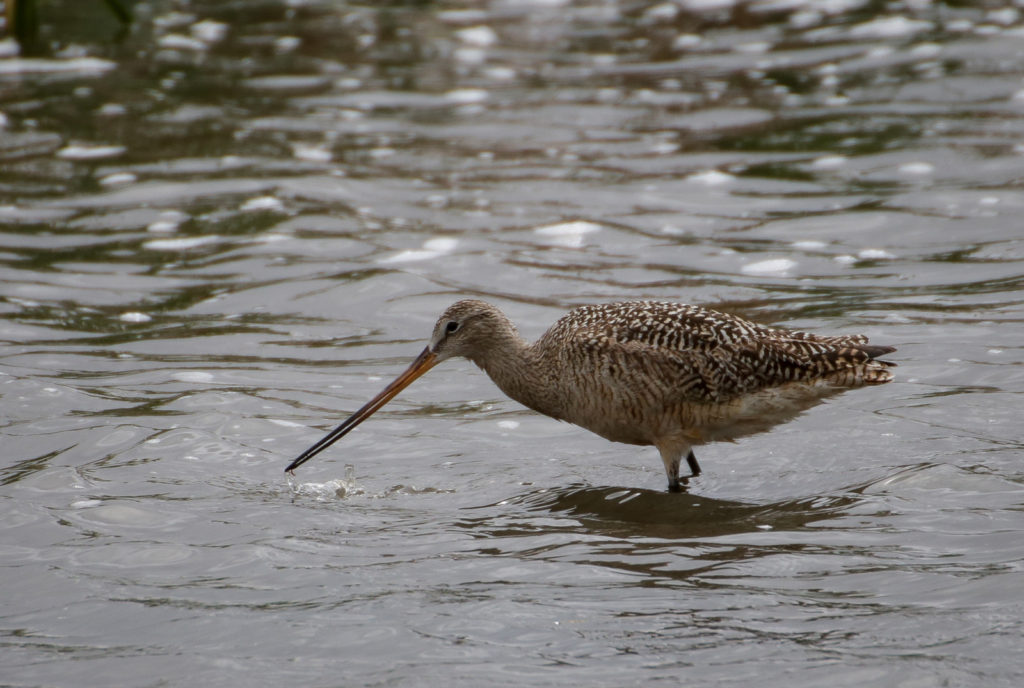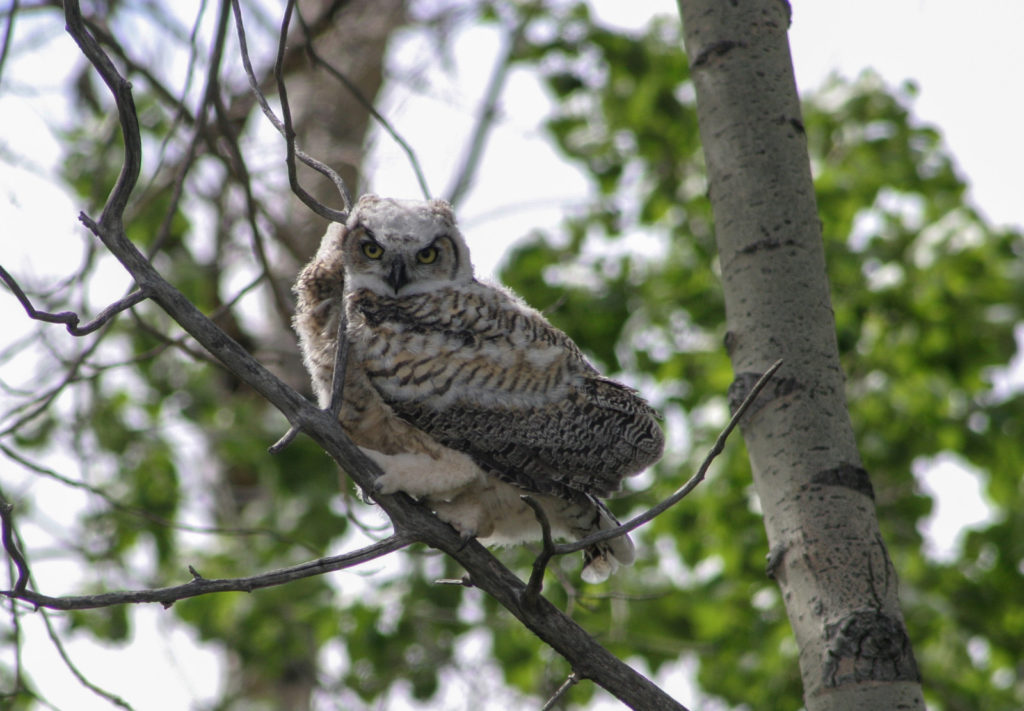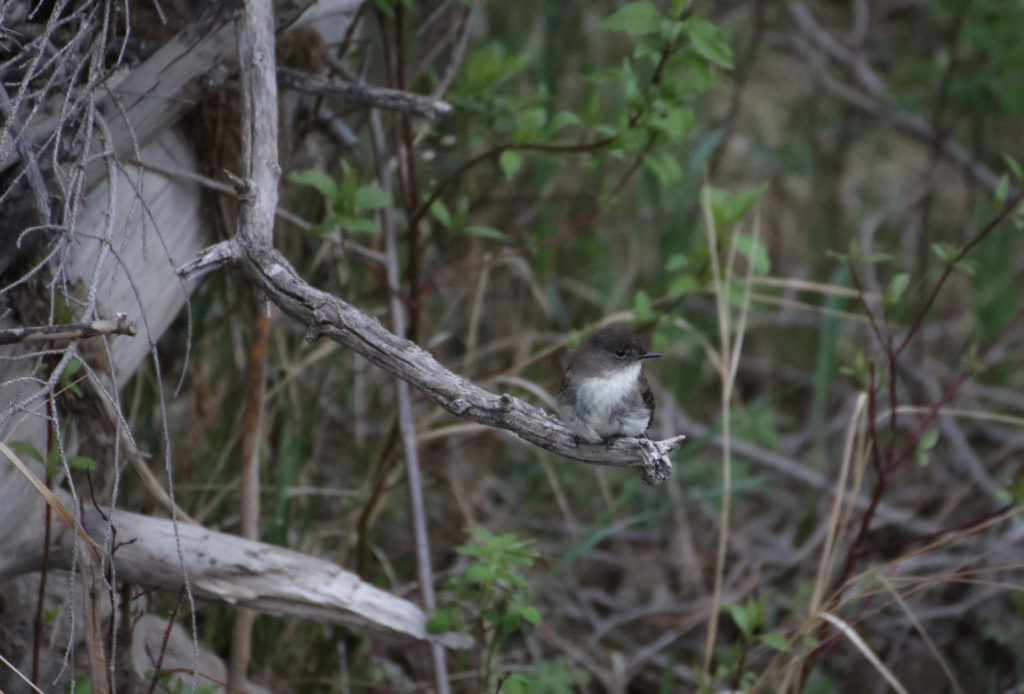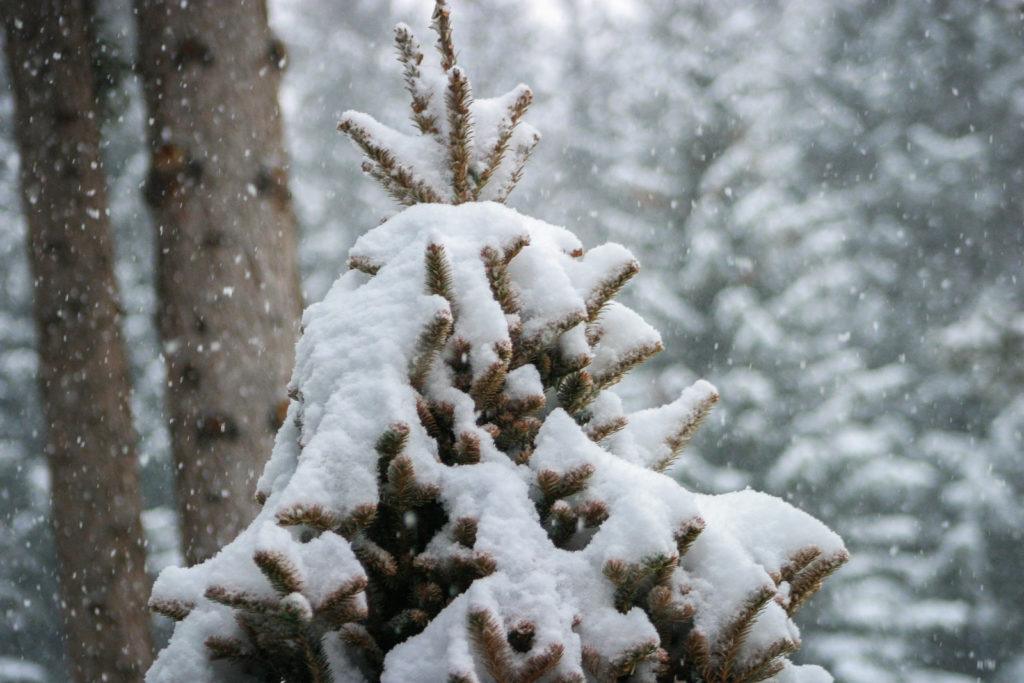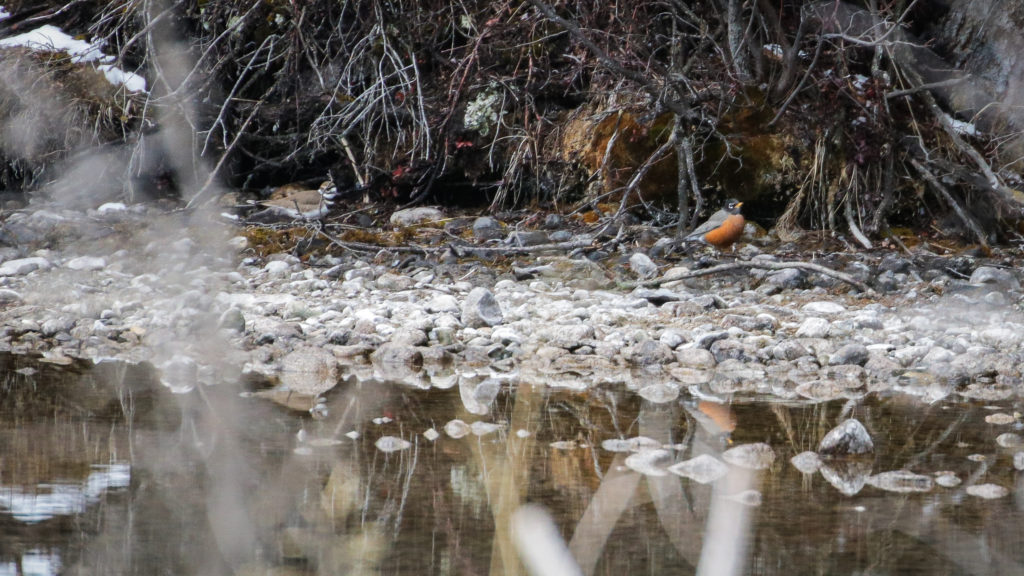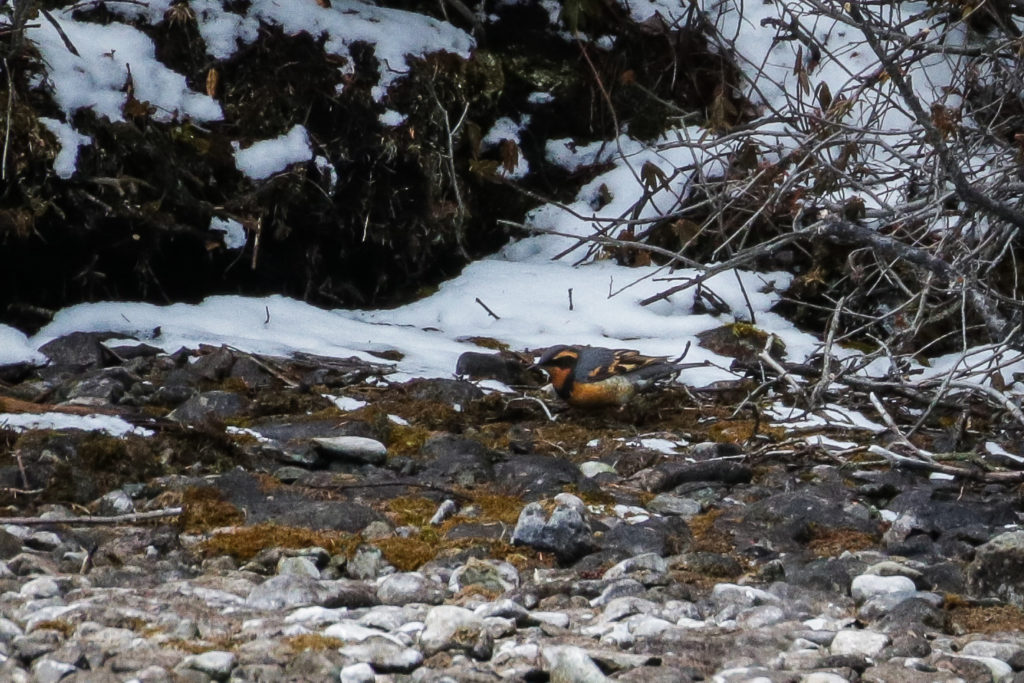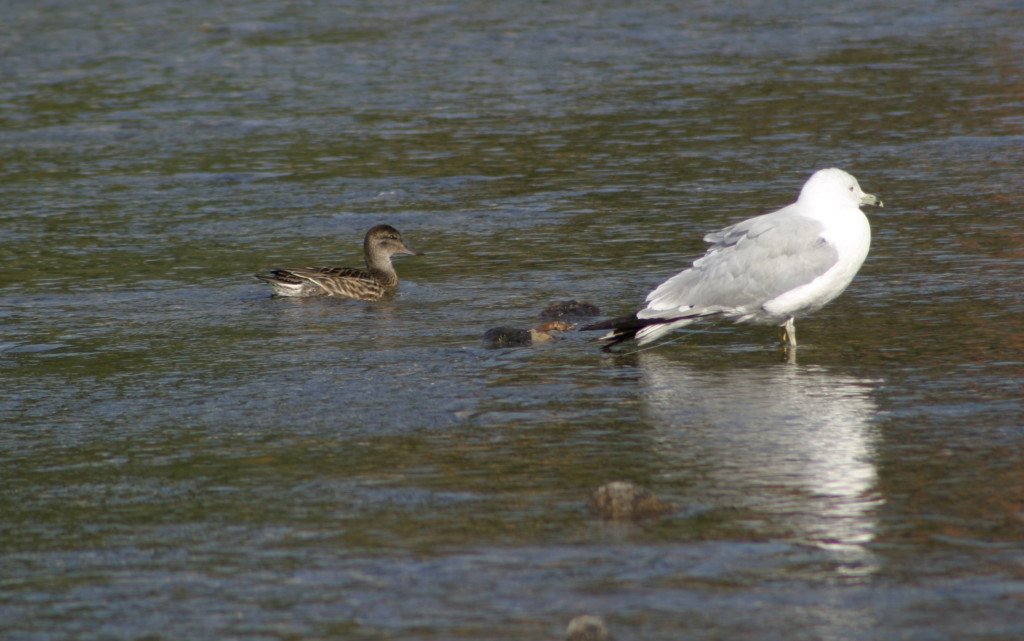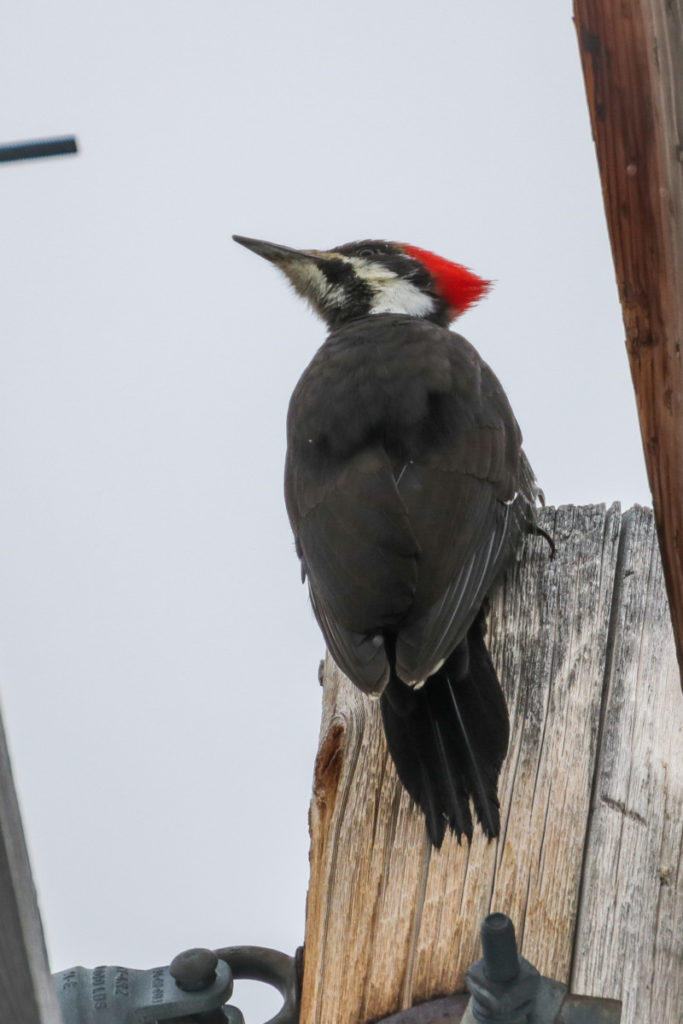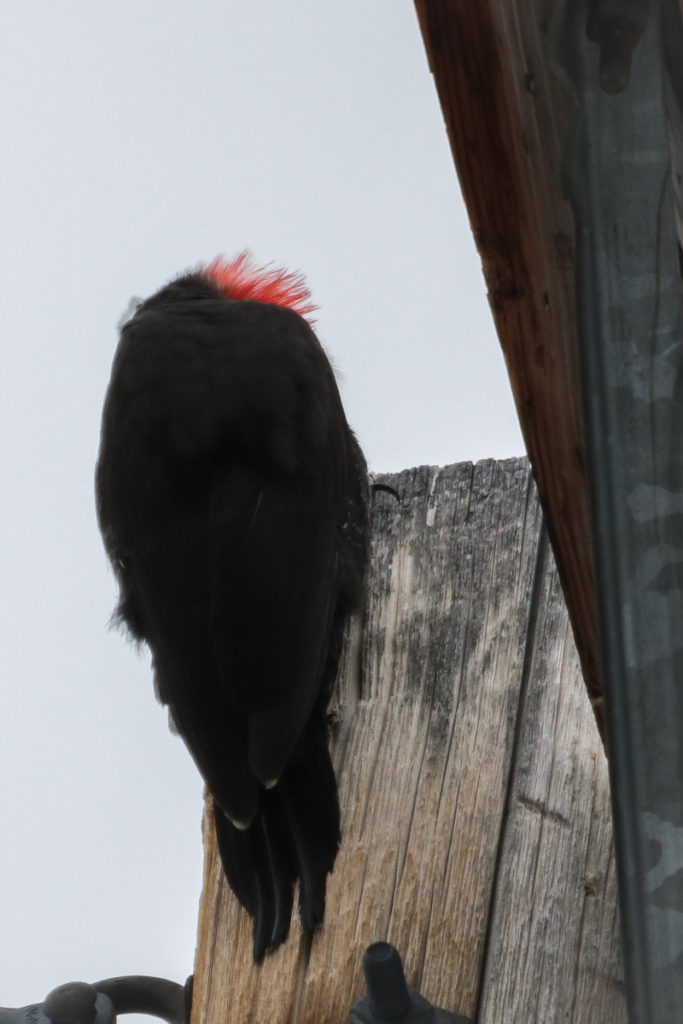We awoke at 5:25 AM for a 5:45 kick-off on Policeman’s Creek, where we successfully saw the Great-horned Owls, Hammond’s Flycatcher and Rufous Hummingbird. Overall, however, the creek was quiet. We did manage Wilson’s Warbler and Northern Waterthrush, as well as a hotspot rarity – three male Blue-winged Teal. After this, we made a short stop up to Silvertip, where a friend had a Cassin’s Vireo, which we heard consistently, but failed to see, unfortunately.
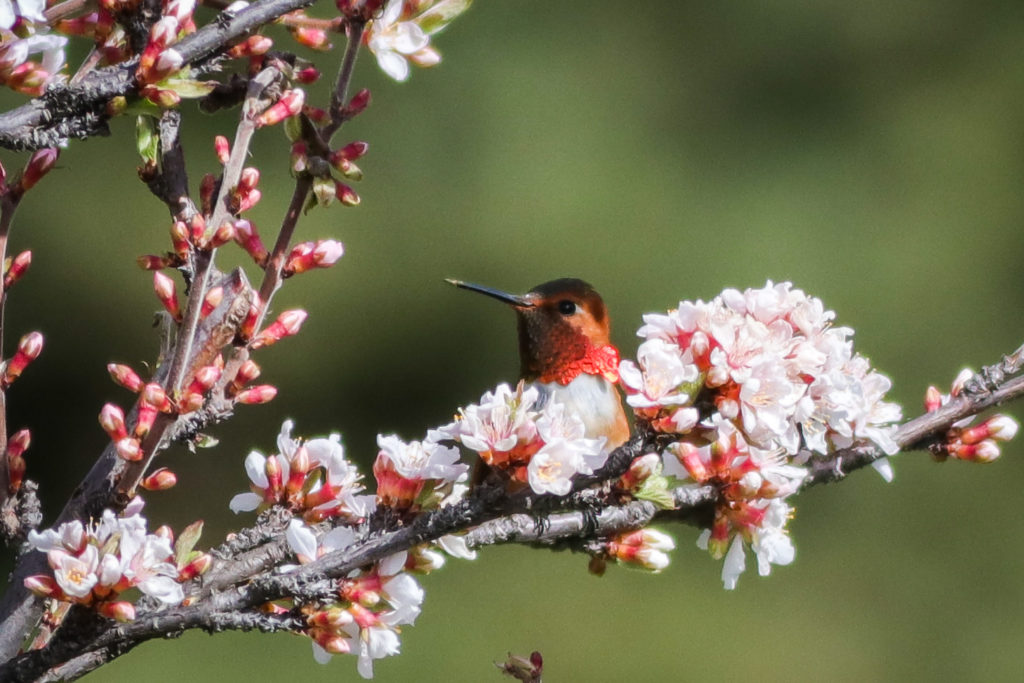
We continued to the Cave and Basin, where we spent just over an hour. The first thing we heard was the local Barred Owl – and his mate! Two Townsend’s Warblers were nice additions to the list, and a Bald Eagle fly-by provided good views in the morning light. At Vermillion Lakes we were afforded a nice surprise in four Trumpeter Swans. The Common Loon pair on the third lake swam by (side note – these loons now have one chick, which hatched June 16).
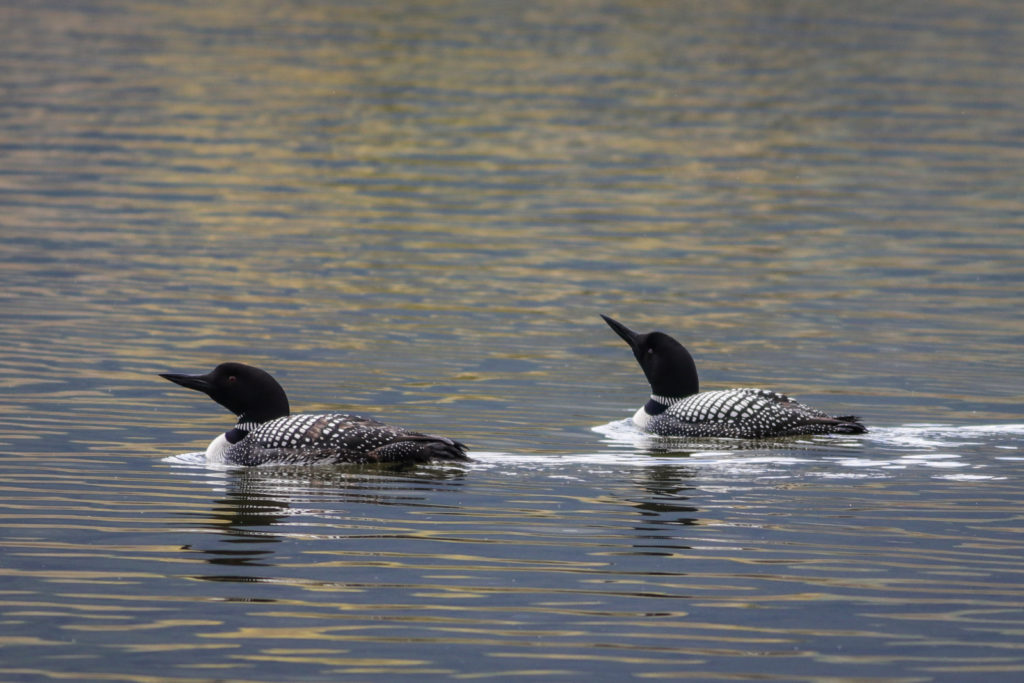
Fighting time, we drove behind an impossibly slow (it seemed) car to hope desperately for Pipits and Red-necked Grebe at Lake Minnewanka. When we finally got there, we drove slowly along the top of the dam, when I spotted some small shapes out in the water. We stopped, and I snapped three photos at the same time as Gavin. Zooming in on our cameras, we were delighted to find that these six birds were, in fact Harlequin Ducks!
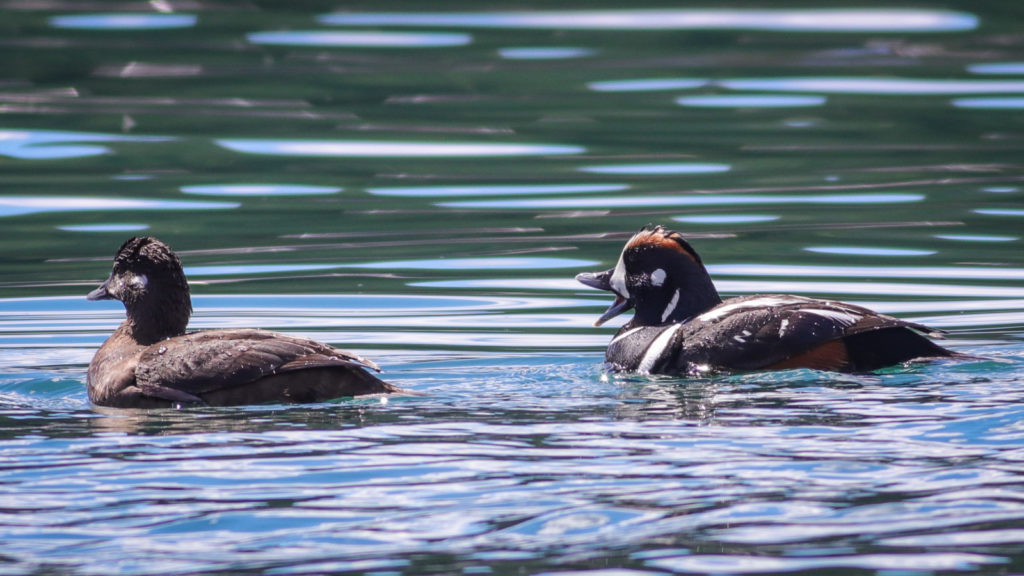
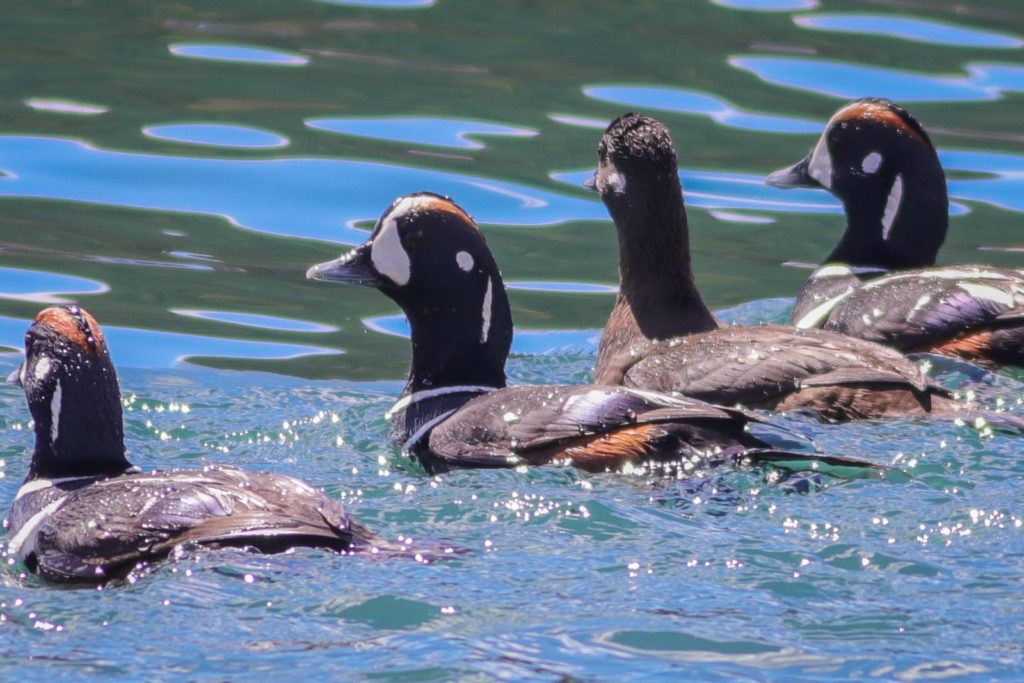
This was the first time I had ever seen a Harlequin in breeding plumage, and the beautiful ducks edged the unseen Cassin’s Vireo for the top spot in the highlight lists.
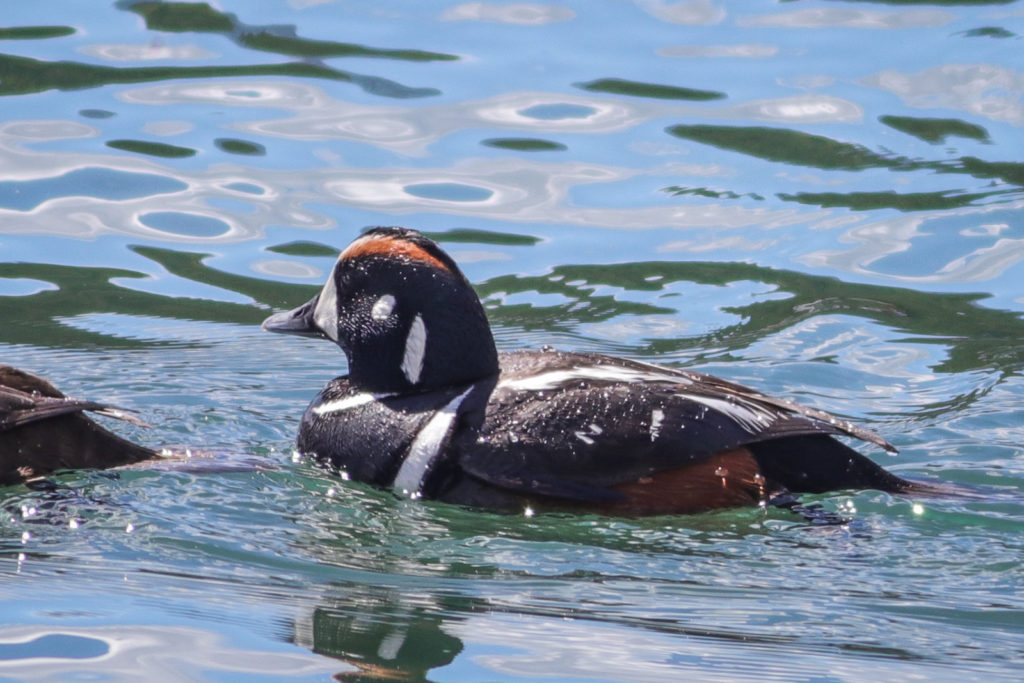
That concluded the Birdathon, and we ended with 112 species – not my best, but still good considering the locations visited. Anyone interested can see the full list here. Thank you everyone for donating, and if you haven’t already, please go to my site here. There is still time!
To see part one, follow this link: Great Canadian Birdathon Day One.
